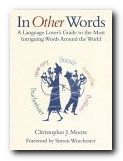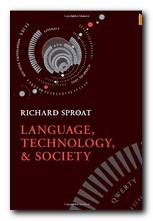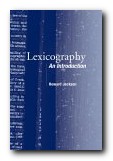commonly used abbreviations in academic writing
1. The following is a list of abbreviations you will often see in the text, the index, or the bibliography of books designed for serious readers.
2. They are nearly all brief or shortened forms of expressions in Latin.
3. Many people also make use of abbreviations when taking notes, and they are also used in the footnotes and endnotes of academic writing. Examples are shown below.
4. Don’t use abbreviations in the main text of any formal writing. If you wish to use these terms, they should be written out in full.
5. That is, don’t put e.g., but write out for example.
6. Notice that a full stop is placed after an abbreviation, but not when the full word is used.
7. This is correct usage, but sometimes the full stop may be omitted in order to avoid double punctuation.
8. Note that these terms are often shown in italics.
9. You should never begin a sentence with an abbreviation.
10. If you are in any doubt, always write out the expression in full.
| Abbrev. | Full term |
|---|---|
| app. | appendix |
| b. | born. For example, b.1939 |
| c. | (circa) about: usually with a date. For example: c.1830. |
| cf. | (confer) compare. |
| ch. | chapter (plural chaps.) |
| col. | column (plural cols.) |
| d. | died. For example, d.1956 |
| do. | (ditto) the same. |
| e.g. | (exempli gratia) for example. |
| ed. | edition; edited by; editor (plural eds.) |
| esp. | especially. |
| et al. | (et alii, aliae, or alia) and others. For example, Harkinson et. al. |
| et seq. | (et sequens) and the following. For example, p.36 et seq. |
| etc. | (et cetera) and so forth. [An over-used term. Worth avoiding.] |
| fig. | figure (plural figs.) |
| f./ff. | following. For example, 8ff. = page 8 and the following pages. |
| ibid. | (ibidem) in the same place: from the source previously mentioned. |
| i.e. | (id est) that is. |
| inf. | (infra) below: refers to a section still to come. |
| l. | line (plural ll.) [NB! easily mistaken for numbers ‘One’ and ‘Eleven’.] |
| loc. cit. | (loco citato) at the place quoted: from the same place. |
| n. | note, footnote (plural nn.) |
| n.d. | no date given |
| op. cit. | (opere citato) from the work already quoted. |
| p. | page (plural pp.) For example, p.15 [Always precedes the number.] |
| para. | paragraph (plural paras.) |
| passim | in many places: too many references to list. |
| q.v. | (quod vide) look up this point elsewhere. For example, q.v. p.32. |
| sic | thus. As printed or written in the original. usually in square brackets [sic]. |
| supra | above: in that part already dealt with. |
| trans. | translator, translated by. |
| viz. | (videlicet) namely, that is to say. For example: Under certain conditions, viz… |
| vol. | volume (plural, vols.) |
Examples
Here’s the use of abbreviation in an academic footnote. The first reference used edn for edition and p for page. The second reference uses ibid for ‘in the same place’.
2. Judith Butcher, Copy Editing: the Cambridge Handbook for Editors, Authors, and Publishers, 3rd edn., Cambridge University Press, 1992, p.234.
3. Butcher, ibid., p.256
Here’s an example which uses the abbreviated names of two well-known organisations:
The BBC reported yesterday that the leaders of NATO had agreed to discuss the crisis as a matter of urgency.
Abbreviations are commonly used in displaying web site addresses:
http://www.bath.ac.uk/BUBL/home.html
Every term in this address, apart from the names ‘Bath’ and ‘home’, are abbreviations
http = hypertext transfer protocol
www = world wide web
ac = academic
uk = United Kingdom
html = hypertext markup language
© Roy Johnson 2000
More on How-To
More on study skills
More on writing skills


